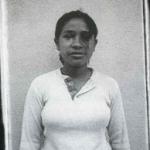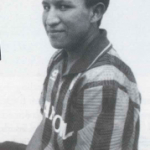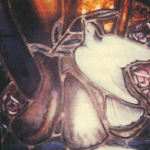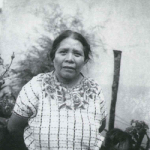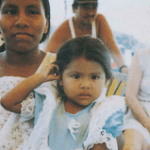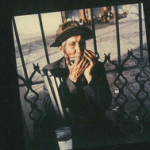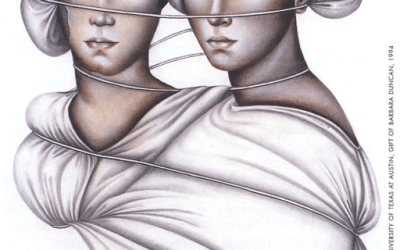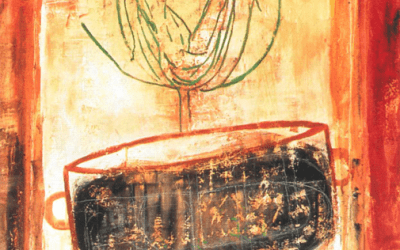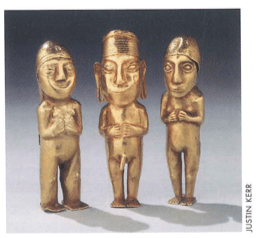Guatemala Diary
Photoessay
May 8
Antigua
In a deeply personal way, I feel like I am home again. Of all the places I have visited, Guatemala is the country I love and feel closest to. Certainly the most impressive aspect is the persevering Mayan people, who endured a 30-year civil war.
May 9
Guatemala City
I arrive at Out of the Dump, an after school and weekend program created by former Reuters photographer Nancy McGirr for youths so economically marginalized that most live in corrugated metal homes with dirt floors in the City Dump. Families often scavenge the dump for food and valuables, so Nancy’s program pays them what the youths would normally earn, thus enabling a child to attend school and her photography program. Public school is not free; Out of the Dump pays for bus fare, books and even toilet paper.
Nancy has already set up the computer I brought, so now there are five on which the students learn Photo Shop and web design. These teenagers are warm and respectful; they know I will return after a week of traveling to teach a photo-printmaking workshop, so many are enlarging negatives in preparation.
May 10
Chichicastenango
Despite wars with other native groups and centuries of brutal domination by Spain and the U.S., the Maya have maintained their culture. Only when forced to, have they incorporated other ideas, such as Catholicism, with their own beliefs. And so, at the Church of Santo Thomas, which is built atop an ancient pyramid I see lay leaders sprinkling rum and flower petals around candles that represent the supplications of patrons, who recite Catholic prayers?a spectacle for the wealthy tourists.
May 15
Guatemala City
My friend Birgit Blyth joins me from Cambridge, and I meet up with recent Harvard graduate Zachary Towne-Smith, a volunteer at Out of the Dump. Everyone loves the Polaroid materials I brought, so we generate new color and black and white imagery from around the city. We create Van Dyke brown prints, cyanotypes, and Polaroid image transfers.
May 26
Santiago Atitlan
More than a year ago, the youths decided they want to share their photography knowledge with rural students, so they have been trekking to a Mayan village on Lake Atitlan. We join three Out of the Dump student/teachers on a trip to the homes of local pupils. We interview and photograph elders,survivors of the 30-year civil war. I feel honored to be welcomed in their sparse homes. The Polaroids are a real hit, as we give them the positives and keep the negatives. The local students use the negatives to make blue prints, which they carefully embellish with water colors.
June 3
Guatemala City
We have gathered all the materials: photos, writings, diaries, and interviews to work
collaboratively on a book that we hope to see published in 2001. As I say goodbye on this last day, I think of their honest faces and astonishing images. I will want to stay connected with them for quite a long time.
Winter/Spring 2001
Laura Blacklow is a photography instructor in the Department of Visual and Environmental Studies at Harvard. She has received awards for her art from the National Endowment for the Arts Regional Fellowship, Massachusetts artist foundation and the St. Botolph Club, Blacklow has been involved in human rights work in Central America for 15 years. She received a DRCLAS faculty research grant to collaborate with the Out of the Dump program, For more information on the out the Dump, see <www.outofthedump.com>.
Related Articles
The Twilight of the Pontiffs of Art Criticism
Latin American bookstores-just like their counterparts in the United States and elsewhere-always promote their favorite and bestselling books by keeping them in the public eye. Indeed…
So, what are you doing this Friday?
You have to look at the edges,” Marcus Zilliox said, pointing to the large 17th Century French painting, The Crucifixion with the Virgin, Saint John, and Saint Mary Magdalene (Mathieu Le Nain…
Pre-Columbian Art at Dumbarton Oaks
In the spring of 1912, Robert Woods Bliss, a Harvard alumnus and U.S. Embassy Secretary in Paris, was taken by a friend to a shop on the Boulevard Raspail, where he saw, for the first time…


